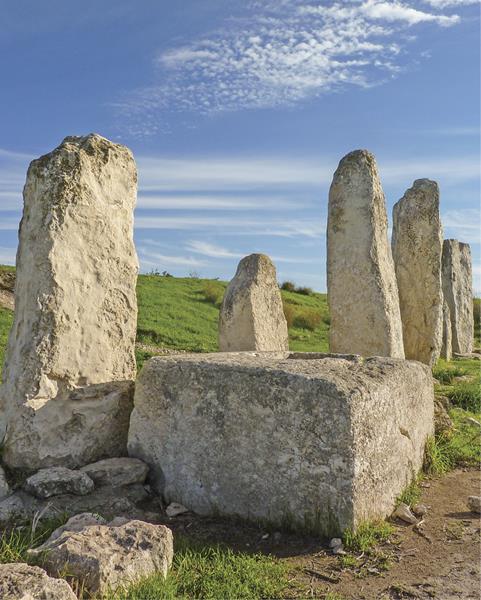
The practice of erecting stones is very ancient and widespread, documented worldwide with such iconic monuments as Stonehenge in England and the moai statues of Rapa Nui (Easter Island).
In Near Eastern archaeology, standing stones are called by the Hebrew word massebah (plural: massebot) and are attested from many sites throughout the region, including the Bronze Age Canaanite “high places” at Hazor and Gezer and then later in Iron Age shrines and temples associated with the kingdoms of Israel and Judah. They can appear as individual pillars, in pairs, or as several stones arranged in a particular pattern. Although the practice predates the emergence of Israel in Canaan, both archaeology and the Bible offer many examples of massebot erected by the ancient Israelites and their ancestors.
Already a library member? Log in here.
Institution user? Log in with your IP address.

